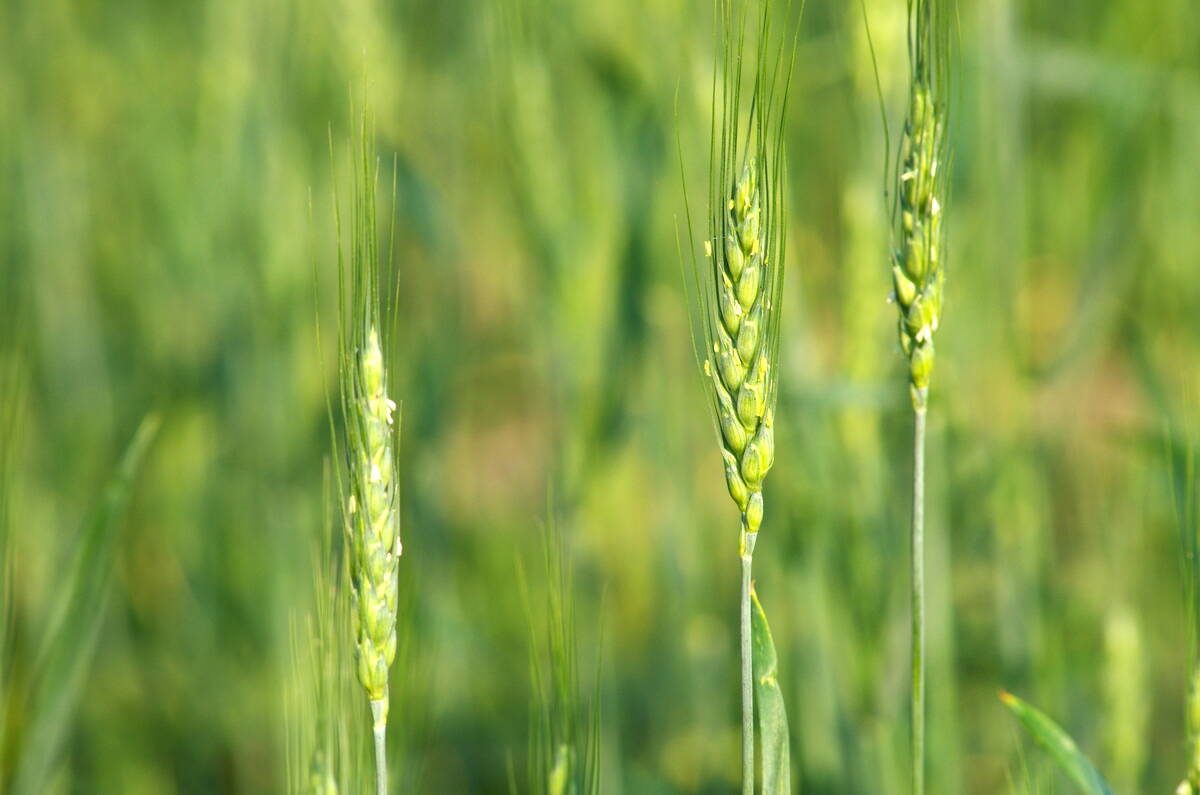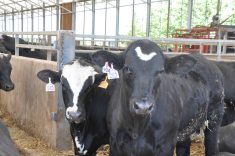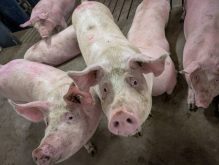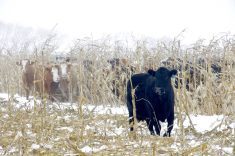With a Ukrainian welcome of bread, salt and a sheaf of wheat, Soy Canada and the Manitoba Pulse and Soybean Growers began their anniversary celebrations by going deep into Canada’s farming past.
“You’ve seen the benefit of coming together,” Soy Canada executive director Brian Innes said at farmer Ernie Sirski’s farm.
Why it matters: Soybeans have become a staple of Manitoba agriculture.
Read Also

Code cracked on nitrogen-fixing wheat?
U.S. crop breeders have created a wheat variety capable of fixing its own nitrogen rather than relying on fertilizer.
The event marked the national organization’s 10th anniversary and MPSG’s 40th anniversary.
Soy Canada was born fromrecognition that the crop was becoming so big that it was hard to retain within general pulse and special crop groups.
“It’s really unbelievable that it’s been 10 years,” said Barry Senft, former executive with Grain Farmers of Ontario, the Canadian Grain Commission and Saskatchewan Wheat Pool and current chief executive officer of Seeds Canada.
Soybeans have gone from a non-entity on Manitoba’s agricultural landscape in 2000 to the province’s third-biggest crop, covering almost 1.6 million acres last year. Nationally, soybeans in Ontario and Quebec are major crops that feed the livestock industry.
According to Soy Canada’s numbers, Canada seeded 5.63 million acres in 2023, almost 98 per cent of which came from Ontario, Manitoba and Quebec.
Pulse crops have become a huge element of western Canadian farming, moving from special crop status to starring roles in many farmers’ rotations.
The anniversary event was held in an area north of Riding Mountain National Park known for its hardy Ukrainian farming tradition.
Speaking at a national Soy Canada meeting in Dauphin, Manitoba agriculture minister and local MLA Ron Kostyshyn lauded the impact soybeans have had on his province’s farmers.
“I think we’re still at the tip of the iceberg,” he said. “I think soybeans is kind of the new canola.”
Growing from just 20,000 acres in 2000, soybeans are now a money maker for farmers who would have once found it hard to conceive of today’s short-season varieties.
Canada’s soybean industry isn’t like the American industry, with non-GMO and food grade soybeans holding a significant proportion of production. Canadian soybeans also tend to have lower protein levels than crops from other parts of the world.
There are many directions Canada’s soybean industry could go from here, Innes said, with different markets, varieties and production interests providing options.
“The choice is really ours as to where we want to go from here,” he said.
















